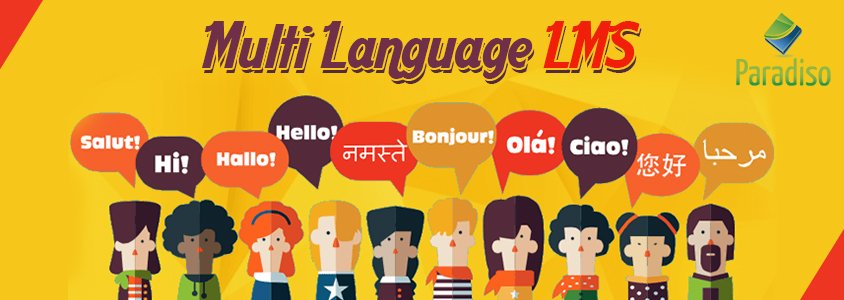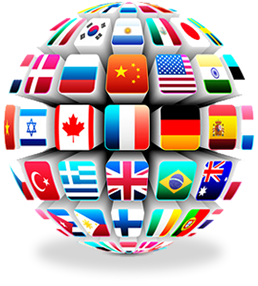Owing to the rapid developments and increased competition in today’s corporate world, more and more companies are choosing to blur geographical boundaries and go global. Considering this it comes as no surprise that workforces are also becoming increasingly diverse, multicultural and also multi language LMS.
So naturally, companies are jumping at the opportunity to have a multilingual workforce as this not only vastly increases their reach but also helps the company grow to be more in tune with the business cultures of locations other than their own.
In the world of eLearning, taking this multilingual factor into consideration is very crucial. E-learning localization and the use of a multi language LMS are tools that give the company the support that it needs to ensure that all its employees, no matter where they may be in the world, are receiving the equal amount of benefits and value from their e-learning courses.


















